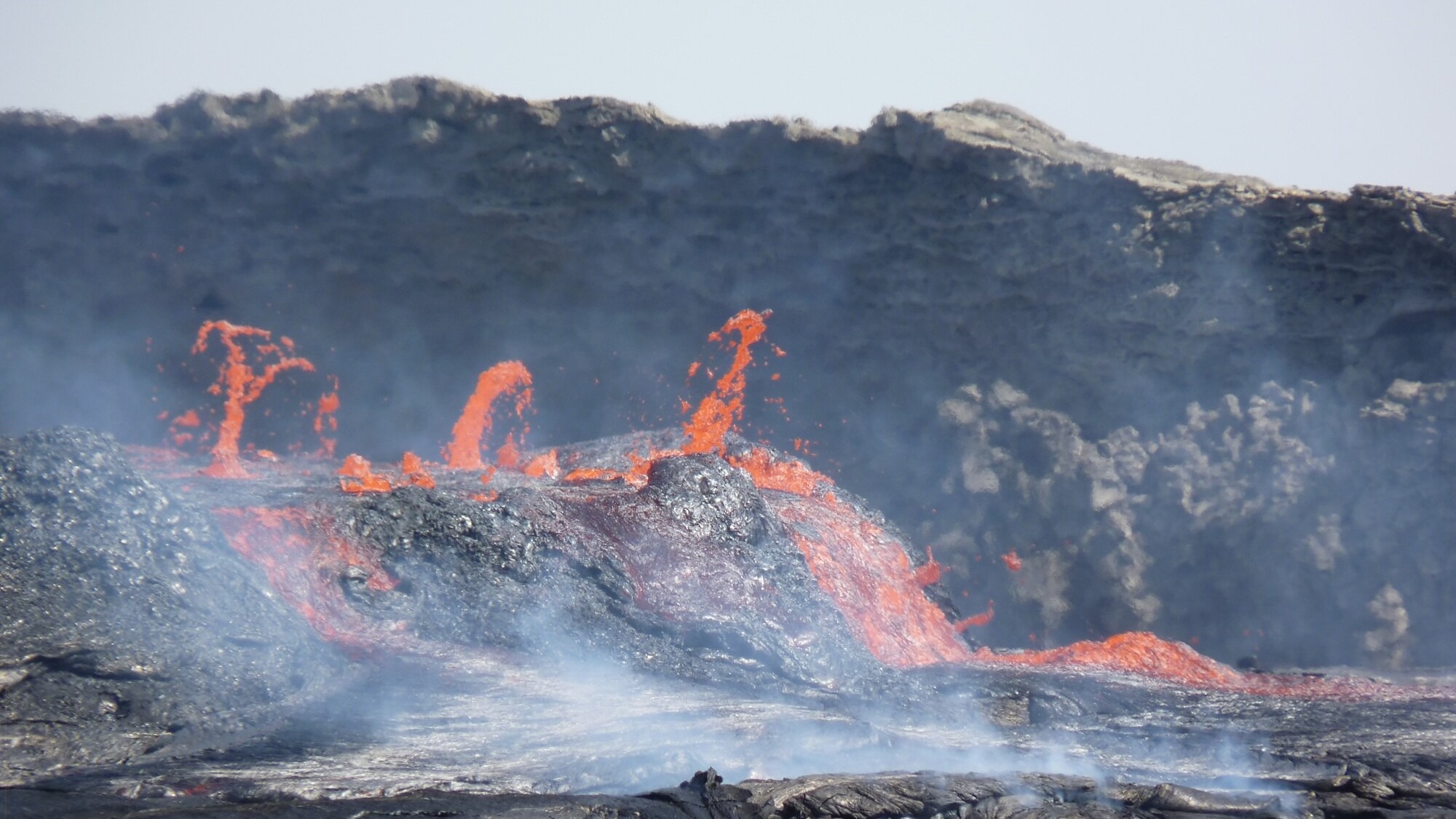
Get the Popular Science daily newsletter💡
Breakthroughs, discoveries, and DIY tips sent every weekday.
Rhythmic pulsing deep beneath landlocked east Africa is literally tearing the continent apart. But while the effects won’t arrive on the planet’s surface for a while, the end result is an entirely new ocean basin above it. An international research team reached their conclusion after analyzing more than 130 samples from young volcanoes located across a rare geological region below Ethiopia. The evidence is laid out in a study published on June 25 in the journal Nature Geoscience.
The Afar Rift zone is one of the few examples on Earth where three tectonic rifts converge. Experts previously theorized this juncture of the Main Ethiopian, Red Sea, and Gulf of Aden Rifts contained an active, hot upwelling of molten mantle. If true, this area—often known as a plume—would display clear effects on the tectonic plates above it. Rift zones typically stretch and pull tectonic plates until they eventually rupture. But how the plume beneath Afar’s is structured, how it behaves, and how it is influencing the crust above it have remained mysteries.
To investigate, a 10-institution team led by Swansea University geoscientist Emma Watts traveled to Ethiopia where they collected over 130 rock samples from both the Afar region and the Main Ethiopian Rift. Researchers then combined sample analysis with existing data and advanced statistical modeling to explore the area’s crust and mantle dynamics. As suspected, the Afar mantle plume isn’t uniform or static.

“It pulses, and these pulses carry distinct chemical signatures,” Watts said in a statement. “These ascending pulses of partially molten mantle are channelled by the rifting plates above. That’s important for how we think about the interaction between Earth’s interior and its surface.”
Tom Gernon, a University of Southampton earth science professor and study co-author, likened the chemical striping to a heartbeat.
“These pulses appear to behave differently depending on the thickness of the plate, and how fast it’s pulling apart,” he added. “In faster-spreading rifts like the Red Sea, the pulses travel more efficiently and regularly like a pulse through a narrow artery.”
The team also confirmed that deep mantle upwellings are closely tied to tectonic plate motion. According to study co-author and earth scientist Derek Keir, the findings have “profound implications” for how geologists can better understand surface volcanism, earthquakes, and continental breakups.

As to when Earth will see the birth of a new ocean basin—experts like Watts aren’t sure. But that doesn’t mean anyone needs to start worrying.
“In terms of timescales—it’s hard to put an exact number to it given that rifting rates can change, so to be honest we can’t know for sure,” Watts told Popular Science in an email. She noted for reference that their study area’s rifting rates range between just 5-16 millimeters each year.
“[So] one thing we do know is that it will be on the order of millions of years,” she added. “Hopefully, our next work will get closer to some probabilistic estimates.”
CORRECTION: 6/25/25 12:50PM: A previous version of this article misidentified the annual rift rate cited by Watts.

More deals, reviews, and buying guides
The PopSci team has tested hundreds of products and spent thousands of hours trying to find the best gear and gadgets you can buy.
























